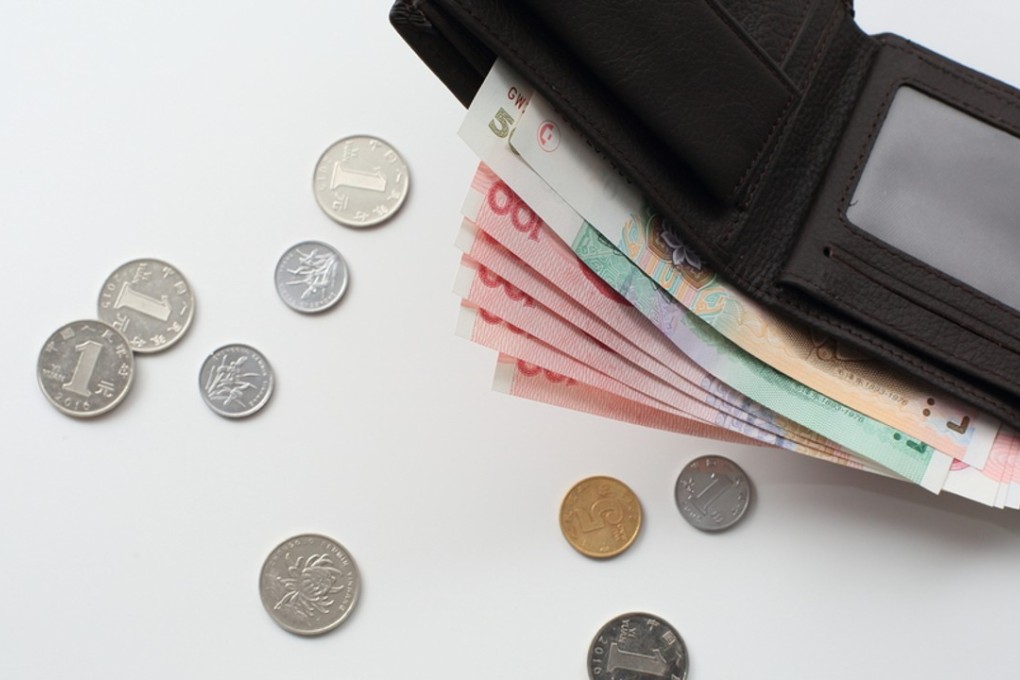Timeline: the yuan’s journey to being a truly global currency
The yuan was a purely domestic currency until 2003, when the authorities began to loosen restrictions controlling its use. It is now scheduled to be fully convertible by 2020

2003, November: State Council gives the green light for banks in Hong Kong to provide yuan deposit, remittance, exchange and credit card services. Hong Kong Monetary Authority (HKMA) and People’s Bank of China (PBOC) sign a regulatory agreement capping the amount Hong Kong residents can exchange and remit at 20,000 yuan and 80,000 yuan per day, respectively.
2004, February: Banks launch their personal yuan business.
2009, June: HKMA and PBOC sign agreement to allow trade between Hong Kong and the mainland to be settled in yuan from July in five cities.
2010, June: Cross-border yuan trade settlement scheme is expanded to 20 provinces and cities.
2010, July: Beijing allows yuan transfers among financial firms and individuals to enable them to offer funds, insurance and other investment products denominated in yuan. First yuan-denominated corporate bond is issued in Hong Kong by Hopewell Highway Infrastructure, raising 1 billion yuan.